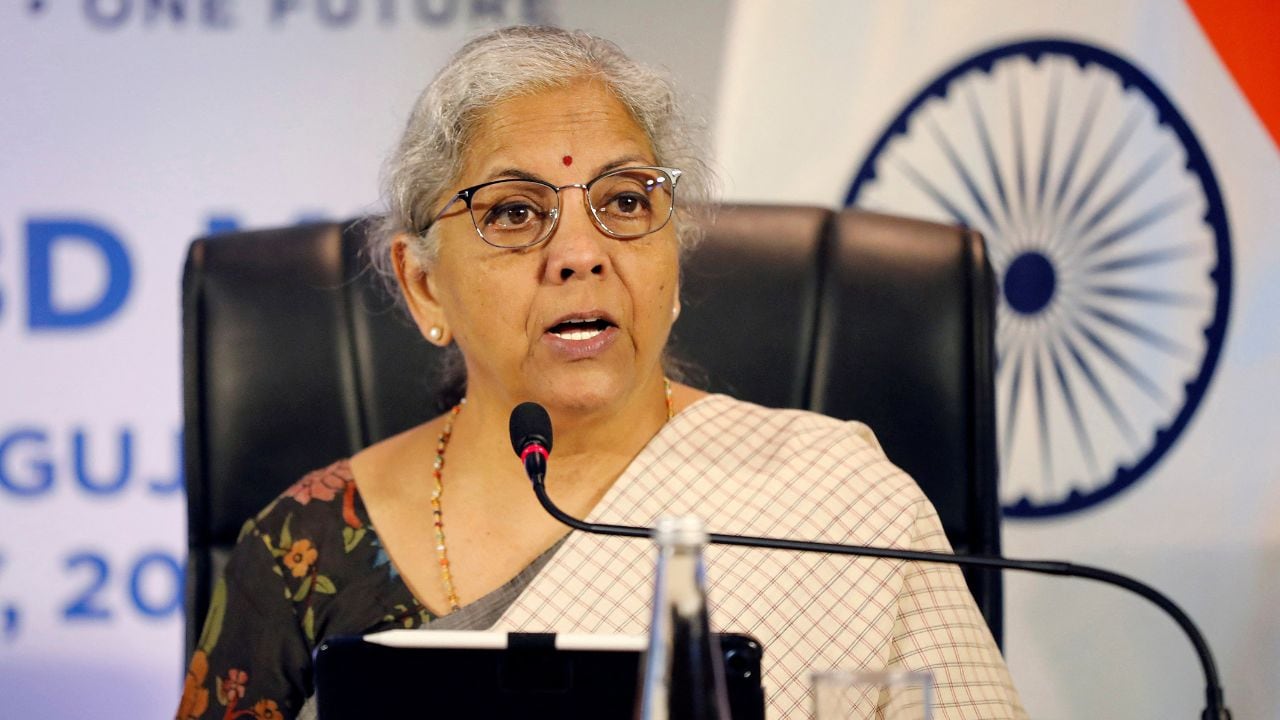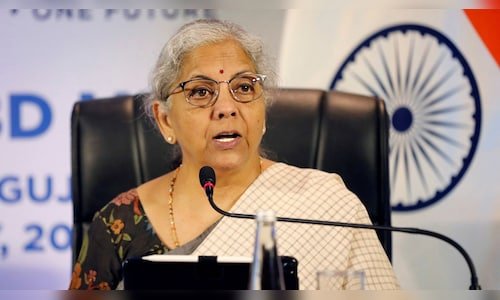
| Company | Value | Change | %Change |
|---|
These documents offer deeper insights into the Budget’s structure and provide a comprehensive view of India’s economic landscape.
So, what are these critical documents, and how can you read them effectively? Here’s a simple guide to help you navigate through India’s most significant financial event.
ALSO READ: Budget 2025: Gold and jewellery industry seeks tax reforms and duty revisions
Key Documents in the Union Budget
Along with the Finance Minister’s speech, the February 1 presentation includes several key documents, including:
- Finance Bill
- Macro-Economic Framework Statement
- Annual Financial Statement
- Medium-Term Fiscal Policy cum Fiscal Policy Strategy Statement
- Expenditure Profile
- Memorandum Explaining the Provisions in the Finance Bill
- Budget at a Glance
- Demands for Grants
- Implementation of Budget Announcements
- Fiscal Policy Statements mandated under the FRBM Act
- Key Features of the Budget
- Expenditure Budget
- Receipt Budget
- Output Outcome Monitoring Framework
Understanding the Budget Speech
The Budget speech is the most anticipated part of the Union Budget. It draws the most attention from the public, as everyone is eager to learn the theme of the Budget, the Finance Minister’s announcements, and the duration of the speech. Although it constitutes only a small part of the overall Budget, it remains one of its most pivotal aspects.
The speech is divided into two main parts – Part A and Part B.
- Part A focuses on the government’s initiatives for various segments of society. It includes key details about fiscal deficit targets, outlays for welfare programs, and the government’s divestment goals.
- Part B delves into taxation matters, including direct taxes like income tax, along with other taxes such as capital gains tax, corporate tax, and excise duties. Notably, this section does not cover announcements related to the Goods and Services Tax (GST). Any changes in tax rates or the introduction of new taxes are addressed in this part.
Expenditure and Revenue Budgets
These sections of the budget outline the government’s sources of revenue and planned expenditures.
- Revenue Budget highlights the anticipated income from various sources, including direct and indirect taxes.
- Expenditure Budget lays out the expected spending by the Centre, including allocations for major welfare programs like MGNREGA, healthcare, and significant defence and infrastructure investments.
Finance Bill: Turning the Budget into Law
The Union Budget is classified as a Money Bill in Parliamentary terms, meaning it requires approval from both the Lok Sabha and Rajya Sabha. Once the bill passes both Houses, it is known as the Finance Bill. This marks the final step in approving all the amendments proposed in the Finance Minister’s speech. It formally legalises the Budget, transitioning it from a Money Bill into the Finance Bill.
Budget at a Glance
This document offers a summarised overview of the government’s financial goals for the upcoming fiscal year. It covers key areas such as non-tax and tax revenues, administrative expenses, and capital investments by the government. Additionally, it outlines fiscal deficit targets and growth projections, along with detailed information about subsidy schemes, particularly focusing on the “big 3Fs” — fuel, fertiliser, and food. The Budget at a Glance also highlights schemes funded solely by the Centre or jointly with state governments.
Demands for Grants
A vital component of the Union Budget, Demands for Grants provide insights into the estimated expenditures from the Consolidated Fund of India. This part requires approval through a vote in the Lower House of Parliament. It also includes grants to both central and state governments, covering advances and loans. The Demands for Grants feature capital and revenue expenditures, highlighting the financial needs of various departments and sectors.
This guide aims to simplify the understanding of the Union Budget and help you decode the financial information that shapes India’s economic future. Keep an eye out for these documents as they will provide crucial insights into the country’s financial health and government priorities.
ALSO READ: Budget 2025 | What do startups & VCs want from the budget: The IVCA wishList

